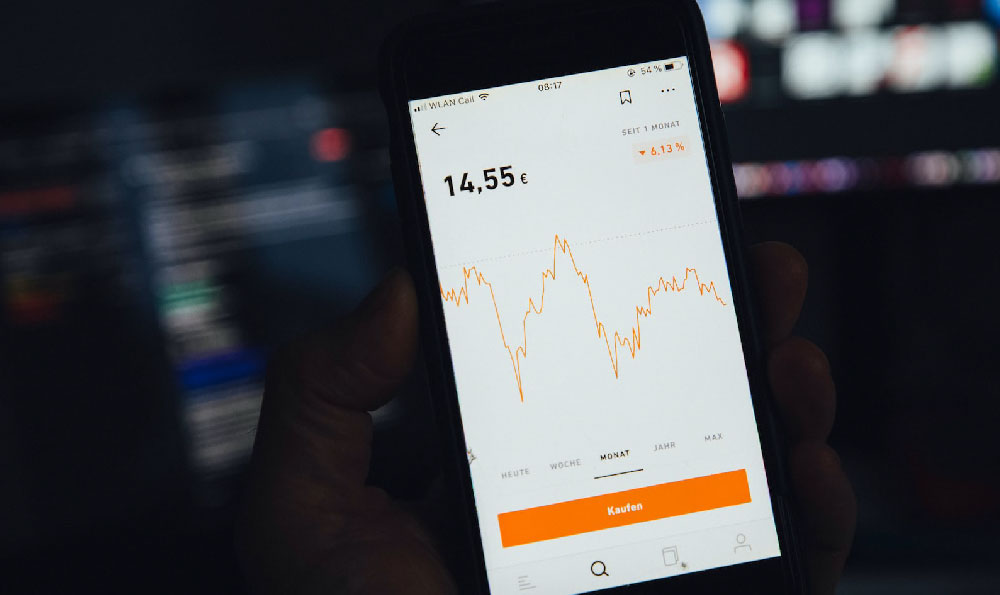
The Fidelity 500 Index Fund (FXAIX) is a cornerstone of many investment portfolios, and for good reason. It offers broad market exposure, low costs, and a history of solid returns. However, whether it's the right investment for you and how best to approach it requires careful consideration of your individual circumstances, risk tolerance, and financial goals.
Let's begin by dissecting what FXAIX actually is. It's a passively managed index fund designed to mirror the performance of the S&P 500 index. This means it holds stocks in the same proportions as the S&P 500, giving you a diversified ownership stake in 500 of the largest publicly traded companies in the United States. This inherent diversification is a significant advantage. Instead of trying to pick individual winners, you're essentially betting on the overall health and growth of the U.S. economy.
The low expense ratio of FXAIX is another compelling factor. The expense ratio, which is the annual fee charged to manage the fund, is exceptionally low. This difference, though seemingly small, compounds significantly over long investment horizons. Lower expenses translate directly into higher returns for you.

Now, addressing the crucial question: Should you invest in FXAIX? The answer, as with all investment decisions, isn't a simple yes or no. It depends. If you are looking for broad exposure to the U.S. stock market and have a long-term investment horizon, then FXAIX is a strong contender. It's a particularly good choice for:
- Beginner Investors: Its simplicity and broad diversification make it an ideal starting point for those new to investing.
- Long-Term Investors: The fund's focus on large-cap U.S. companies makes it suitable for long-term growth strategies, such as retirement savings.
- Investors Seeking Low Costs: The extremely low expense ratio maximizes returns over time.
- Investors Seeking Simplicity: Passive management means you don't have to worry about fund managers making active bets that may or may not pay off.
However, there are also situations where FXAIX might not be the best fit:
- Risk Averse Investors: Even though it's diversified, FXAIX is still an equity-based investment and therefore subject to market volatility. If you have a very low risk tolerance or a short time horizon, you might want to consider a more conservative investment, such as bonds or a high-yield savings account.
- Investors Seeking International Exposure: FXAIX focuses exclusively on U.S. companies. If you want to diversify your portfolio geographically, you'll need to add other funds that invest in international stocks.
- Investors Seeking Higher Growth Potential: While FXAIX provides solid, consistent returns, it might not generate the explosive growth potential of smaller-cap or more specialized investments. If you are comfortable with higher risk and are looking for more aggressive growth, you might consider allocating a portion of your portfolio to these types of investments.
Assuming FXAIX aligns with your investment goals and risk tolerance, let's discuss how to invest. Several avenues are available:
- Brokerage Account: You can purchase FXAIX through a brokerage account, such as one offered by Fidelity, Vanguard, or Charles Schwab. This gives you the most flexibility and control over your investments.
- Retirement Account: You can also hold FXAIX in a retirement account, such as a 401(k) or IRA. This allows you to take advantage of tax benefits, such as tax-deferred growth or tax-free withdrawals (in the case of a Roth IRA).
- Robo-Advisor: Many robo-advisors include FXAIX as a core component of their portfolio allocations. This can be a good option if you want a hands-off approach to investing.
Regardless of where you choose to invest, consider these key strategies:
- Dollar-Cost Averaging: Invest a fixed amount of money at regular intervals, regardless of the market price. This helps you avoid trying to time the market and reduces the risk of investing a large sum right before a market downturn.
- Long-Term Perspective: Investing in FXAIX is a long-term game. Don't panic sell during market downturns. Instead, stay the course and let the power of compounding work its magic.
- Reinvest Dividends: Dividends are a portion of the company's profits that are distributed to shareholders. Reinvesting these dividends back into the fund allows you to buy more shares and accelerate your growth.
- Regularly Rebalance Your Portfolio: Over time, your asset allocation (the percentage of your portfolio allocated to different asset classes) may drift away from your target. Periodically rebalance your portfolio by selling some assets that have performed well and buying assets that have underperformed to bring your allocation back into alignment.
Finally, it's crucial to acknowledge the potential pitfalls and how to avoid them.
- Market Volatility: Understand that the stock market is inherently volatile. There will be periods of ups and downs. Don't let short-term market fluctuations derail your long-term investment strategy.
- Emotional Investing: Avoid making investment decisions based on fear or greed. Stick to your plan and don't let emotions cloud your judgment.
- Chasing Returns: Don't be tempted to chase the latest hot stock or investment fad. FXAIX provides broad market exposure and diversification, which is a safer and more sustainable approach to long-term investing.
In conclusion, the Fidelity 500 Index Fund (FXAIX) is a valuable tool for building a diversified and low-cost investment portfolio. Its broad market exposure, low expense ratio, and long-term track record make it an attractive option for many investors. However, it's essential to understand your own investment goals, risk tolerance, and time horizon before investing. By adopting a disciplined approach, focusing on the long term, and avoiding common investment pitfalls, you can harness the power of FXAIX to achieve your financial objectives. Remember, seeking advice from a qualified financial advisor is always prudent to ensure your investment strategy aligns with your unique circumstances.





